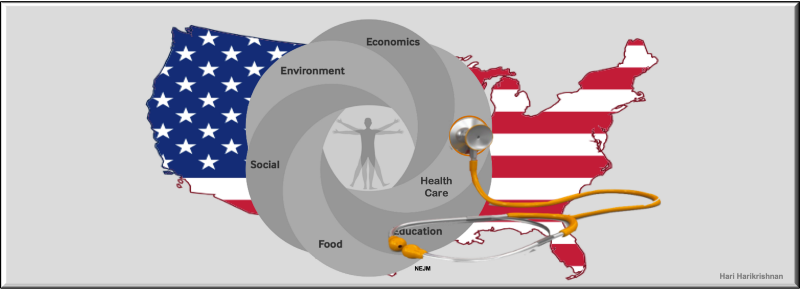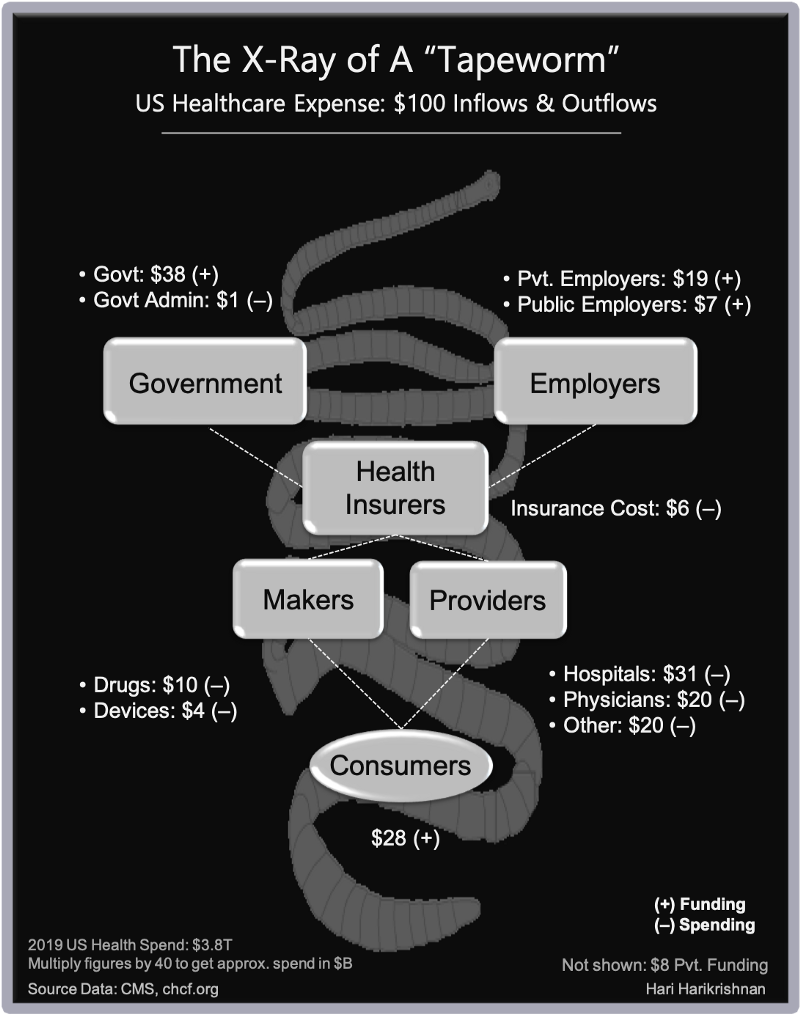How do the Big Four in tech — Microsoft, Apple, Google, Amazon — stack up in the threat level they pose to incumbents in the US healthcare industry?

New headlines loom large every day about investments and initiatives from Microsoft, Apple, Google, Amazon (MAGA, for short if you can’t remember them) in healthcare. Some of the initiatives promise miraculous cure to the ills of the state of healthcare, some promise disruption, some are more of the same. Often we hear of their high-profile attempts and equally high-profile exits.
Getting a summary view into their forays by tallying up their inventions and investments can be found here. For a quick distillation of Big Tech in healthcare, read on.
All of them have their clouds whether for B2B or B2C businesses. They all have their AI — embedded in their products or for others to develop and to enhance their products. You can find something even more specific like “voice-enabled AI healthcare solution” or “vision AI for radiology”?
Rather than itemize their trophies to quantify their place in the health-tech race, here is an at-a-glance view on how much disruptive threat they pose to large healthcare incumbents in the US.
At a Glance — Big Four Tech in Health
The graphic below is a look at the posture of Big Four Tech in healthcare innovation & the threat they pose to incumbents — device makers, healthcare providers, and insurers. The threat-level follows the arrow based on the capabilities and investments each firm is making.

- Microsoft: So far, Microsoft remains a provider of innovative technology to the industry — a classic stance of tech players towards most industries. Not threatening incumbents, but providing infotech solutions for industries to leverage.
- Apple: Apple’s posture is similar to Microsoft’s. Apple too remains rooted in being a technology provider while making advances into new class of digitized medical devices — like the Apple Watch or SaMDs (Software-as-a-Medical-Device) and services enabled by them.
- Google: The similarities between Apple and Google in healthcare starts and ends with devices (phones, and FitBit, for example). Google’s ambitions range from life sciences — genome projects, enabling drug discovery — to health insurance and care delivery. Investments in new-age health insurer Oscar Health, in telehealth provider Amwell etc are examples. In addition, Google invests more in technology for imaging and diagnostics.
- Amazon: Based on available offerings and ambition, Amazon looks the most threatening to status-quo healthcare. No other player in the Big Four has direct-to-consumer service offerings such as pharmacy (Amazon Pharmacy) or planned care delivery like Amazon Care. Amazon’s appetite for wide range of business models makes them a threat in many aspects of healthcare. We’ll set aside their failed joint venture “Haven” for this discussion.
How will this shape healthcare industry partnerships with the big four? How will this threat evolve as these new entrants gain experience in health? Will their investments wax and wane as they shift priorities?





